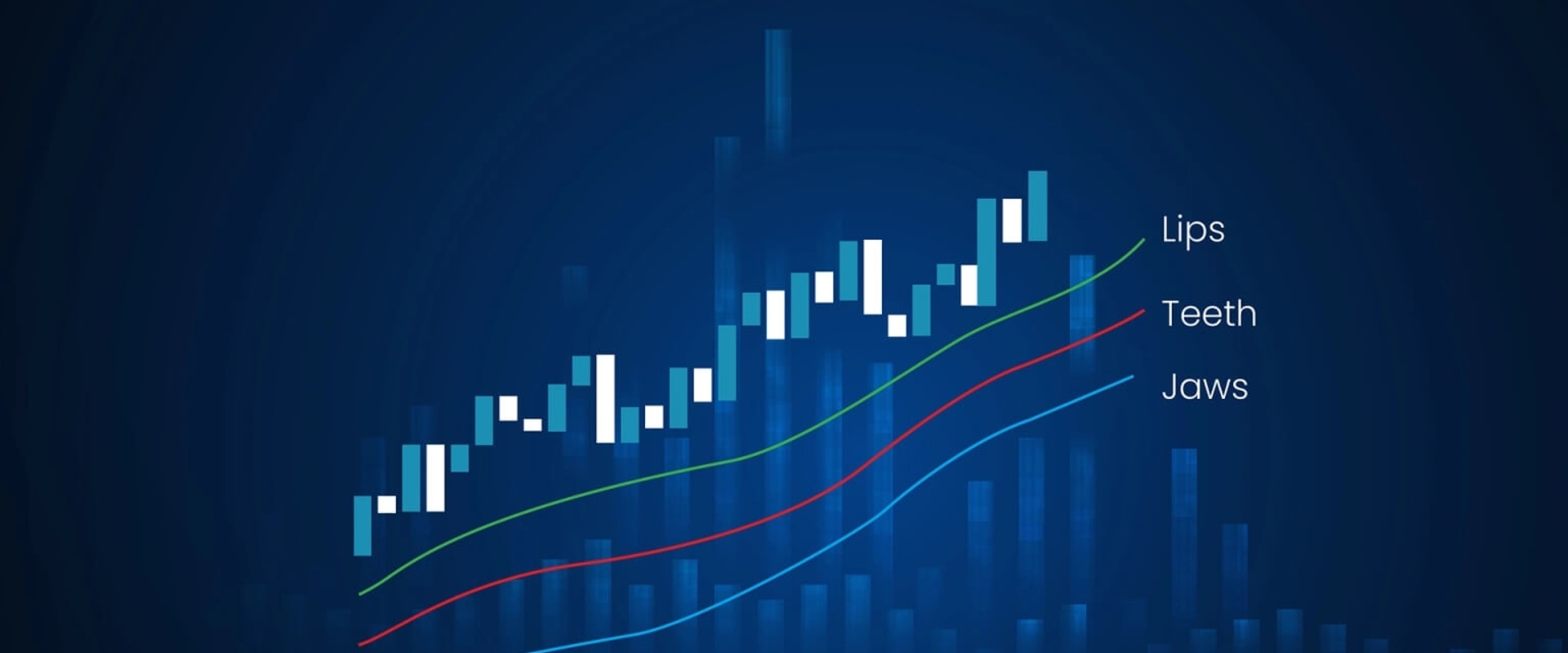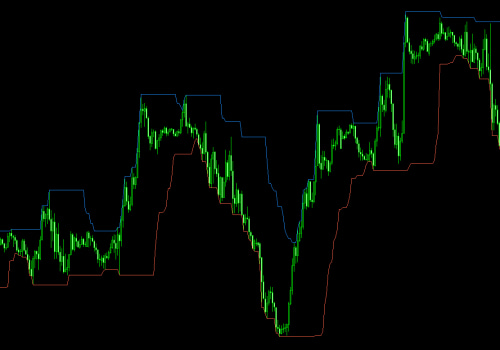Position sizing is a critical aspect of successful Forex trading. It refers to the determination of the appropriate quantity of a currency pair to buy or sell in order to manage risks and optimize profits. Proper position sizing allows traders to strike a balance between risk management and capital utilization, enabling them to participate in the dynamic and potentially lucrative Forex market. In this comprehensive guide, we will delve into the intricacies of position sizing in Forex trading, explore various strategies, and provide valuable insights for traders of all experience levels.
Position Sizing in Forex Trading: The Key to Risk Management
Position sizing plays a pivotal role in managing risks effectively. By allocating an appropriate portion of their trading capital to each trade, Forex traders can minimize potential losses and protect their overall account balance. The concept of position sizing revolves around determining the ideal trade size based on factors such as risk tolerance, account size, and market conditions. Let's dive into some key strategies and considerations for position sizing in Forex trading.
Fixed Fractional Position Sizing
Fixed fractional position sizing is a popular method used by many successful Forex traders. It involves risking a fixed percentage of the trading capital on each trade, regardless of the specific trade's characteristics. For example, a trader utilizing a fixed fractional position sizing of 2% would risk 2% of their account balance on each trade. This approach ensures that losses are limited, allowing traders to withstand multiple losing trades without depleting their account.
Volatility-Based Position Sizing
Volatility-based position sizing takes into account the inherent volatility of the Forex market. This approach considers the currency pair's historical volatility to determine the appropriate position size. Highly volatile pairs would require smaller positions to manage risk, while less volatile pairs could accommodate larger positions. By adjusting the position size based on market volatility, traders can adapt to changing market conditions and minimize the impact of sudden price fluctuations.
Kelly Criterion
The Kelly criterion is a mathematical formula that provides a systematic approach to position sizing. It considers the probability of a trade's success, the reward-to-risk ratio, and the trader's win rate to calculate the optimal position size. The Kelly criterion aims to maximize long-term growth by allocating a larger portion of the trading capital to trades with higher probabilities of success. While it can be a useful tool, it requires accurate and reliable data for accurate calculations.
Position Sizing in Forex Trading: Maximizing Profits while Managing Risks
Position sizing is a critical component of risk management when it comes to trading forex. It is the process of determining how much of a particular currency pair to buy or sell based on the size of the account and the size of the trade. In this comprehensive guide, we'll explain the principles of position sizing and how it can be used to minimize risk and maximize profits in forex trading. We'll discuss the different types of position sizing strategies, how to choose the right one for your trading style, and tips on how to manage risk effectively. By the end, you'll have a better understanding of how to use position sizing for better risk management in forex trading. Position sizing is the process of determining the number of shares or contracts to purchase or sell in a particular trade.
It is an important part of risk management because it helps to control the amount of risk taken on by the trader. Position sizing should be done before entering any trade and it should be based on the trader’s risk tolerance and the size of their account. When calculating position size, traders should consider their account size, the level of risk they are willing to take on, and the amount of money they are willing to invest in a particular trade. Traders should also consider the volatility of the market they are trading in and the type of trading strategy they are using. In addition to calculating position size, traders should also consider their risk-to-reward ratio when trading Forex.
This ratio is calculated by dividing the potential profit of a trade by the potential loss. A higher risk-to-reward ratio is generally considered to be more favorable for traders. For example, a trader may choose to take on a higher risk-to-reward ratio if they believe that their trade has a high probability of success. Finally, traders should also consider their stop-loss strategy when trading Forex. A stop-loss is an order that closes out a trade when it reaches a certain price level.
This helps to protect traders from large losses if the market moves against them. Traders should always set a stop-loss order before entering a trade and it should be based on their risk tolerance and their trading strategy.
Stop-Loss Strategy
A stop-loss strategy is an important element of risk management in Forex trading. This allows traders to limit their potential losses and protect their capital. Having a stop-loss strategy in place can help traders stay disciplined and avoid taking excessive risks.When setting a stop-loss order, the trader should consider the amount of risk they are willing to take. It is important to consider both the expected return and the maximum acceptable loss. The stop-loss order should be set at a level that allows for the potential for profits while minimizing the potential for losses. It is also important to consider the volatility of the currency pair.
If the currency pair is more volatile, then the stop-loss order should be set further away from the entry price. This will allow for more room for price fluctuations before being stopped out of a trade. Conversely, if the currency pair is less volatile, then the stop-loss order should be set closer to the entry price. Finally, traders should also consider their exit strategy when trading Forex.
Having an exit strategy in place will help traders know when to take profits or cut losses, which can help to maximize profits and minimize losses.
Risk-to-Reward Ratio
The risk-to-reward ratio is an important concept to consider when trading Forex. It is calculated by dividing the potential profit of a trade by the potential loss. By doing so, traders can evaluate the overall potential reward versus the potential risk for any given trade. A higher risk-to-reward ratio generally means that the potential reward is much higher than the potential loss, and vice versa. For example, if a trader has a potential loss of $100 and a potential profit of $200, the risk-to-reward ratio would be 2:1.This means that the trader can potentially make twice as much money from their trade than they could lose.On the other hand, if the potential loss is $200 and the potential profit is $100, then the risk-to-reward ratio would be 1:2, meaning that the trader could potentially lose twice as much money as they could make. When determining position size in Forex trading, traders should always consider their risk-to-reward ratio. For example, a trader may decide to take on a trade with a 1:2 risk-to-reward ratio if they believe that the trade has a high probability of success. On the other hand, they may opt for a higher risk-to-reward ratio such as 2:3 if they believe that the trade has a lower probability of success. The most important thing to remember when calculating risk-to-reward ratios is that traders should always ensure that their potential profits outweigh their potential losses. This will help to ensure that their trades are more profitable in the long run.
Calculating Position Size
Position sizing is an important part of risk management in Forex trading and can help traders to reduce potential losses and maximize profits. Before entering a trade, it is important for traders to calculate their position size in order to manage their risk. They should also consider the volatility of the market they are trading in and the type of trading strategy they are using. To calculate the position size for a trade, traders need to know the entry price, the stop-loss price, their account balance, and the percentage of their account balance they are willing to risk.The formula for calculating the position size is: Position size = (Account balance x Risk) / (Entry price - Stop-loss price). For example, if an account balance is $10,000 and a trader is willing to risk 2% of their account on a trade with an entry price of 1.3000 and a stop-loss price of 1.2900, the position size would be calculated as follows: Position size = ($10,000 x 0.02) / (1.3000 - 1.2900) = 66.67. Once the position size has been calculated, traders should adjust their position size accordingly based on the risk they are willing to take on. It is important for traders to ensure that their position size does not exceed their account balance and that they stick to their risk management plan. In conclusion, position sizing is an integral part of risk management in Forex trading. It is important for traders to understand how to calculate position size and the risk-to-reward ratio of their trades in order to maximize their profits and limit potential losses.
Additionally, traders should always consider their account size, risk tolerance, and trading strategy when calculating position size. Furthermore, a stop-loss strategy should be put in place to further mitigate risk.
1. What is the importance of position sizing in Forex trading?
Position sizing is crucial in Forex trading as it allows traders to manage risks effectively and optimize their profits. By determining the appropriate trade size based on risk tolerance and market conditions, traders can protect their capital and avoid catastrophic losses.
2. How do I calculate the ideal position size for a trade?
Calculating the ideal position size involves considering factors such as risk tolerance, account size, and market conditions. Various methods, such as fixed fractional position sizing, volatility-based position sizing, and the Kelly criterion, can assist in determining the optimal position size.
3. Can position sizing help minimize losses?
Yes, proper position sizing can minimize losses by limiting the amount of capital allocated to each trade. By controlling the risk per trade, traders can protect their account balance and avoid excessive drawdowns.
4. Should position sizing be adjusted based on market conditions?
Yes, position sizing should be adjusted based on market conditions, particularly volatility. Highly volatile markets may require smaller position sizes to manage risks effectively, while less volatile markets may accommodate larger positions.
5. What are the potential drawbacks of improper position sizing?
Improper position sizing can lead to significant losses and account depletion. Overly large positions can expose traders to excessive risk, while overly small positions may limit potential profits. It is essential to strike a balance between risk management and capital utilization.
6. Can automated trading systems handle position sizing?
Yes, automated trading systems can incorporate position sizing algorithms to manage trades effectively. These systems can analyze market conditions, risk parameters, and account balance to determine the appropriate position size for each trade.
Conclusion
Position sizing is a critical component of successful Forex trading. By employing proper position sizing techniques, traders can effectively manage risks, protect their capital, and optimize their profits. Whether utilizing fixed fractional position sizing, volatility-based position sizing, or the Kelly criterion, it is essential to adapt the position size based on risk tolerance and market conditions. Understanding and implementing sound position sizing strategies will empower traders to navigate the dynamic and potentially rewarding Forex market with confidence.












Leave Reply